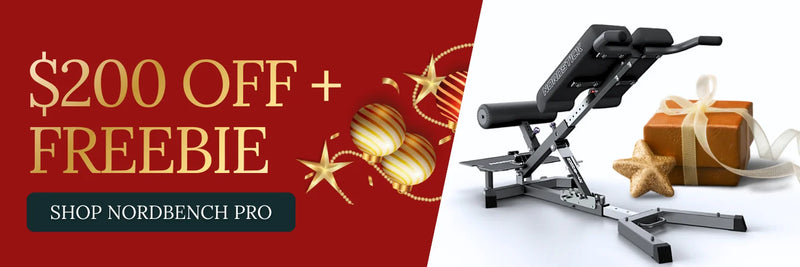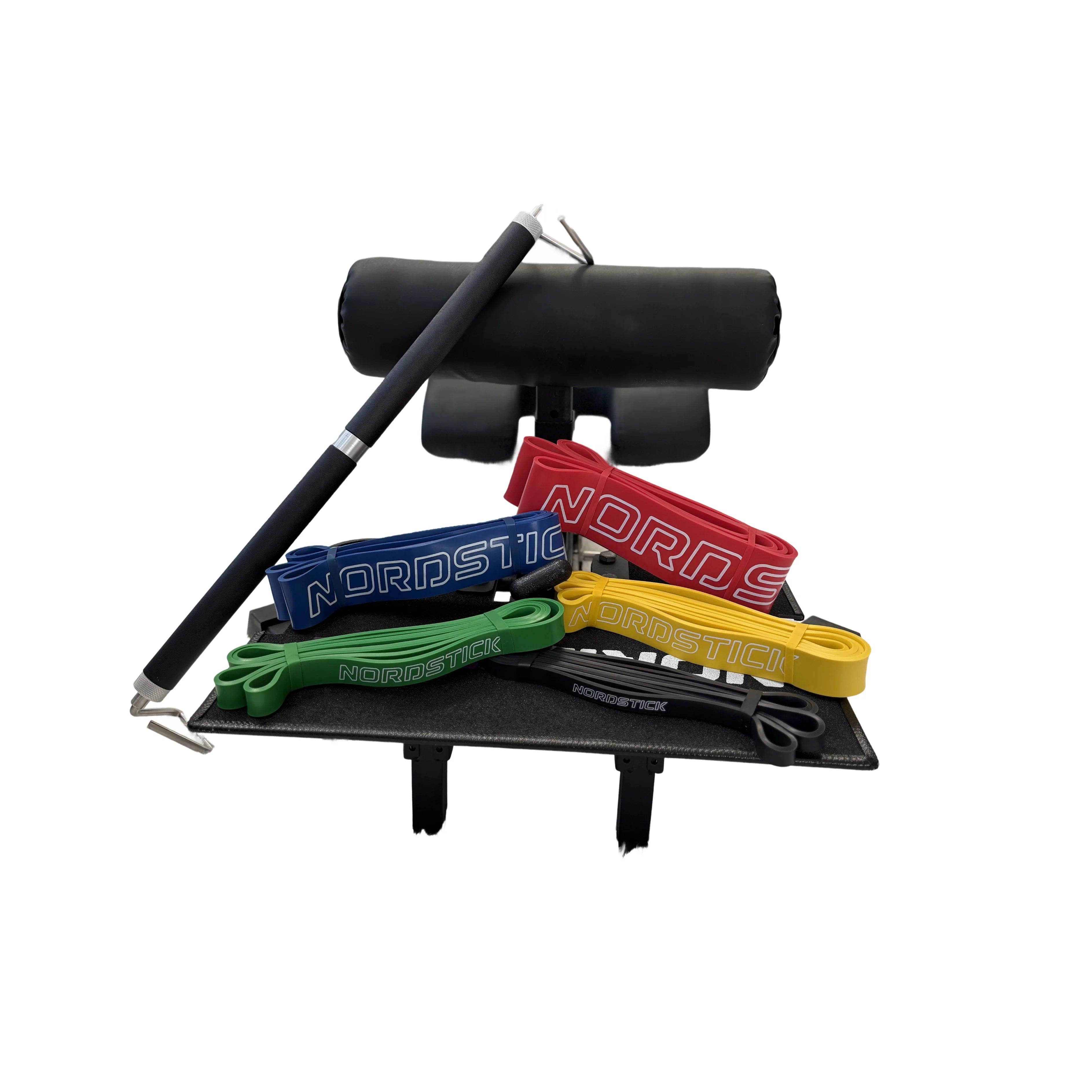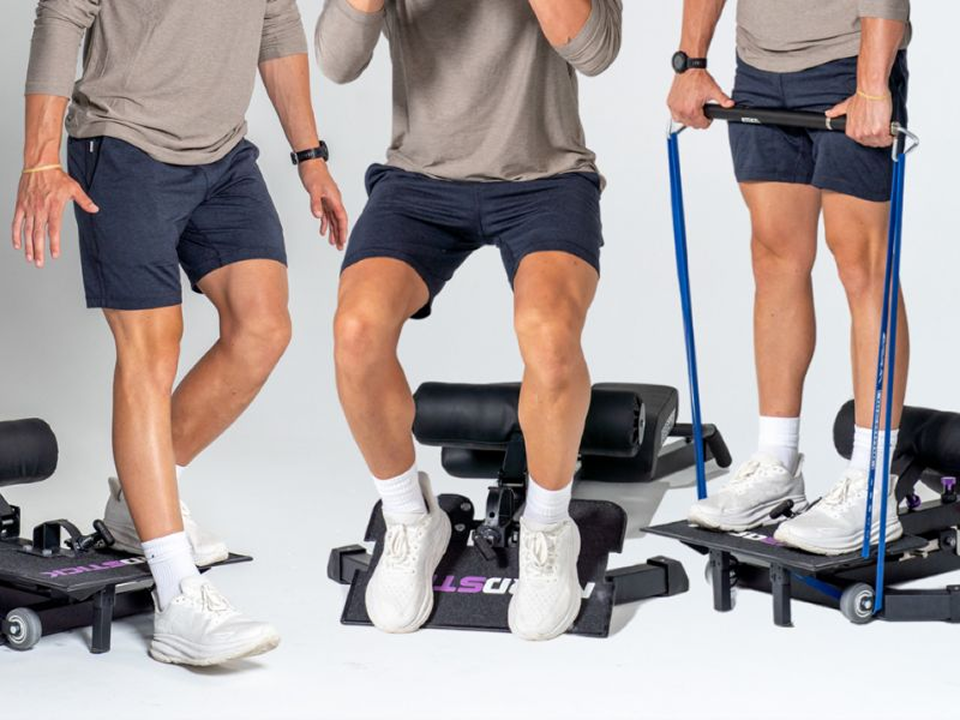When you see Nordic curls demonstrated online, you always see the end result, not the journey. This gives the impression that we can skip right to the end, which is like sprinting before walking.
Working up to a full Nordic curl must take into account progressive overload. Progressive overload means gradually increasing the demands you place on your body during training to make it stronger, faster, and more resilient.
Most people I talk to understand this at face value, yet many still fail to implement it correctly. Maximizing progress comes from using objective criteria and consistent standards.
Consider if you were following a recipe for a delicious meal. The recipe provides specific measurements, instructions, and cooking times to ensure the dish turns out well. If you disregard these guidelines and modify the steps or ingredients, the outcome may be disappointing or even inedible.
Let’s say your recipe turned out successful, and you want to make it again, but this time to serve more people. If you don’t keep track of the quantity and quality of ingredients you used the last time, it is going to be much more difficult to get the recipe right.
If you don't consistently track reps or use a target system to gradually and measurably lower yourself to the floor, you wind up with the same problem.
Everyone’s idea of good food is different. Some people might like sweeter flavors, while others might prefer savory flavors.
Doing the Nordic curl “with good form” means something different to everyone. Simply saying you are doing reps with good form is not sufficient to progress to the full Nordic curl.
The best tools for progressing to the full Nordic curl are arguably the following:
- Isometric holds
- The use of consistent targets or marking for progress
If you want an even smoother process to achieve the full Nordic curl, consider using the OmniBands. They were designed to take the guesswork out of exercise progression and make tracking your progress easier.
Maintaining upright posture while gradually progressing lower and holding longer is the key to mastering the Nordic curl.
You might think you are being consistent in your Nordic curl progression, but if you aren’t tracking it, do you really know?
Give these tips a try and implement objectivity into your training for a jumpstart to your progress.
Injury Insight of the Week:
This week we have a simple mindset tip to change the way you think about rehab after injury. All rehab is about finding the "Goldilocks Zone."
When recovering from injury, we face a set of challenges:
- Our main concern is that we can't do too much too soon for fear of re-injury.
- Yet we also don’t want to do too little too late.
Our body adapts to the load placed on it. Too much load can lead to injury or re-injury. Too little load weakens us and prolongs the recovery process.
After injuries, our bodies experience a decline in the ability to handle stress. So when rehabilitating from injury, we have to pick the right amount of stress.
We have to find the “Goldilocks” zone.
How do we find the Goldilocks zone?
Just like a doctor who prescribes the dose of medication, we prescribe a dose of exercise. With a measurable dose, we test what we think the limit is, monitor the response, and then either increase or decrease the load based on the response.
Stay tuned for more on this next week!
If you have any questions, I offer free consultations for anyone looking to recover from injury or improve strength. Click the link below if you want to get started.
Happy Curling,
Devin







































Leave a comment
This site is protected by hCaptcha and the hCaptcha Privacy Policy and Terms of Service apply.